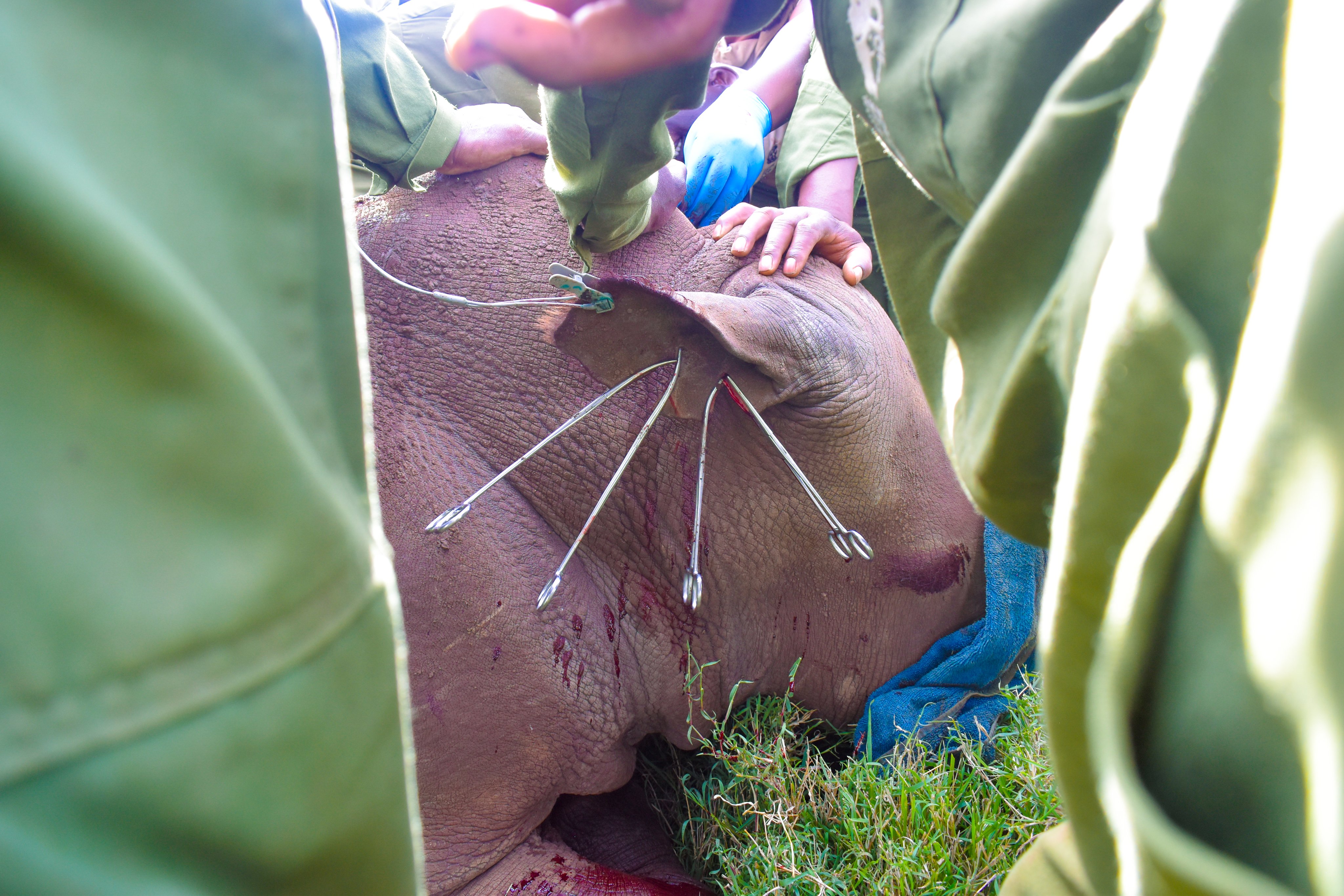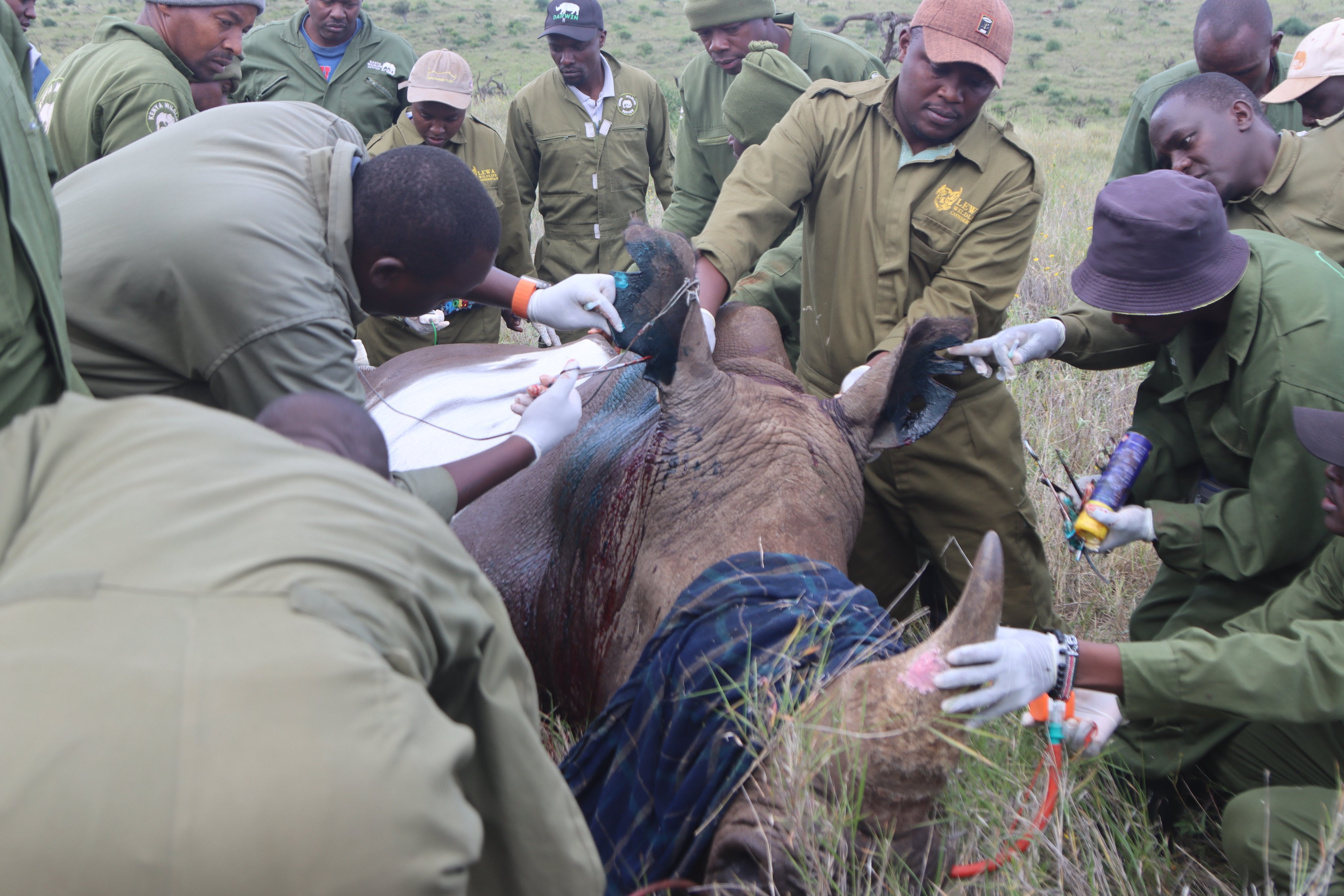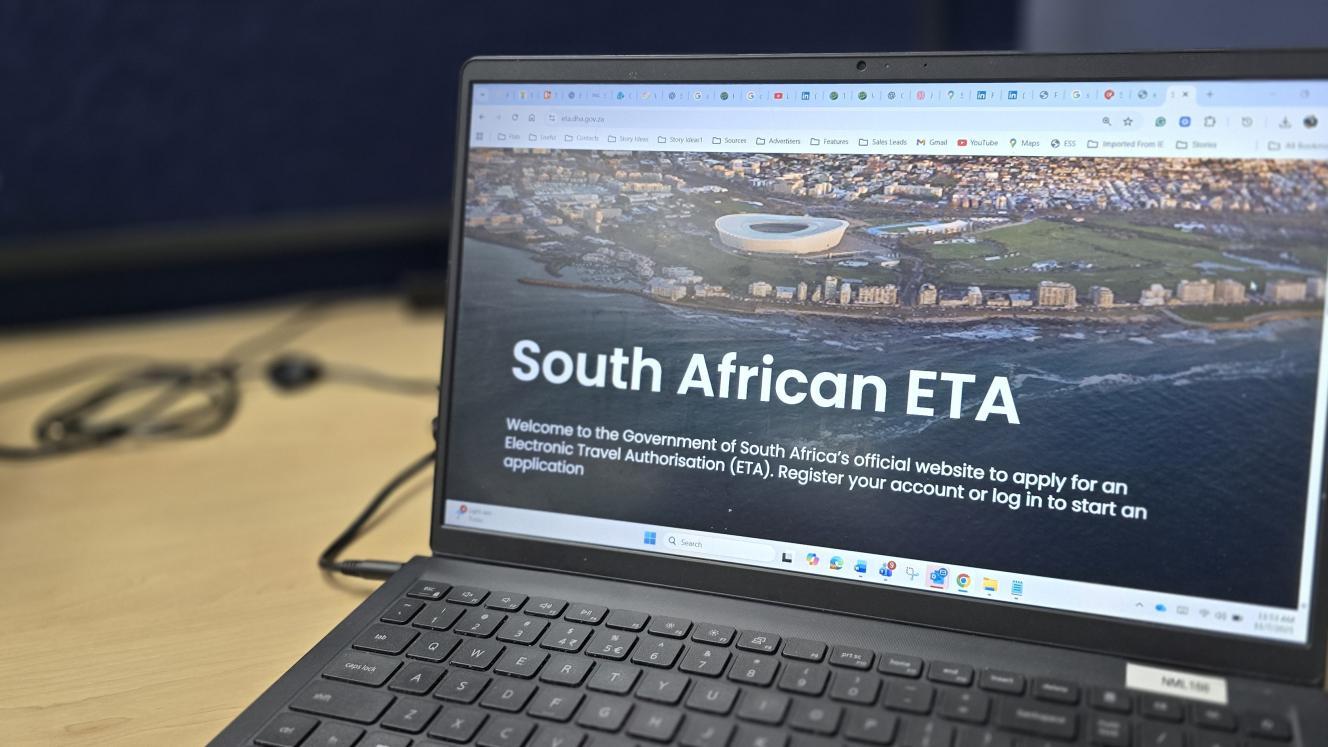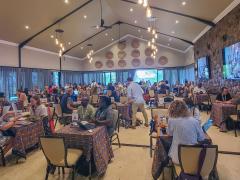The Kenya Wildlife Service, in collaboration with Lewa Wildlife Conservancy and Borana Conservancy, has completed a rhino ear-notching and tracking exercise in the Lewa-Borana Landscape as part of its national Rhino Conservation and Management Strategy.
The operation, which involved the use of anaesthesia and marking of black and white rhinos, aimed to enhance individual monitoring and protection of the endangered species. In total, 46 rhinos were ear-notched in accordance with standardised protocols from the International Union for Conservation of Nature Species Survival Commission African Rhino Specialist Group.
Some individuals were also fitted with GPS tracking devices to support research into movement patterns, habitat use and territorial behaviour. Biological samples were collected for forensic analysis, genetic research and disease monitoring.
According to the Kenya Wildlife Service, the initiative supports ongoing efforts to ensure data-driven conservation and improved anti-poaching response in key rhino ranges.
The Lewa-Borana Landscape is home to one of Kenya’s key rhino populations and is managed through a public-private conservation partnership. The recent exercise is part of wider efforts to meet Kenya’s long-term goal of achieving a stable and growing rhino population.
Look at the images of the rhino ear-notching and tracking exercise below:


















